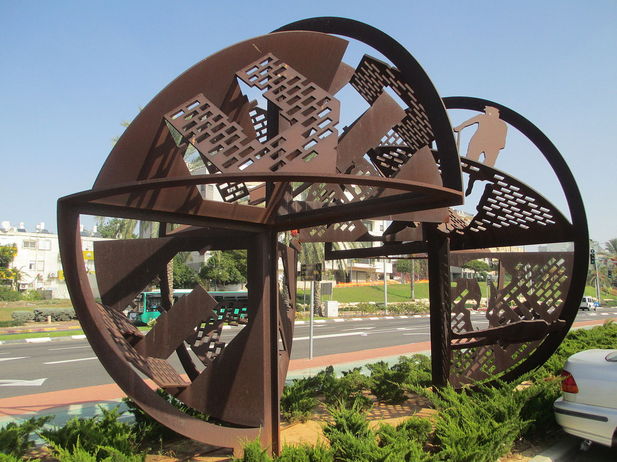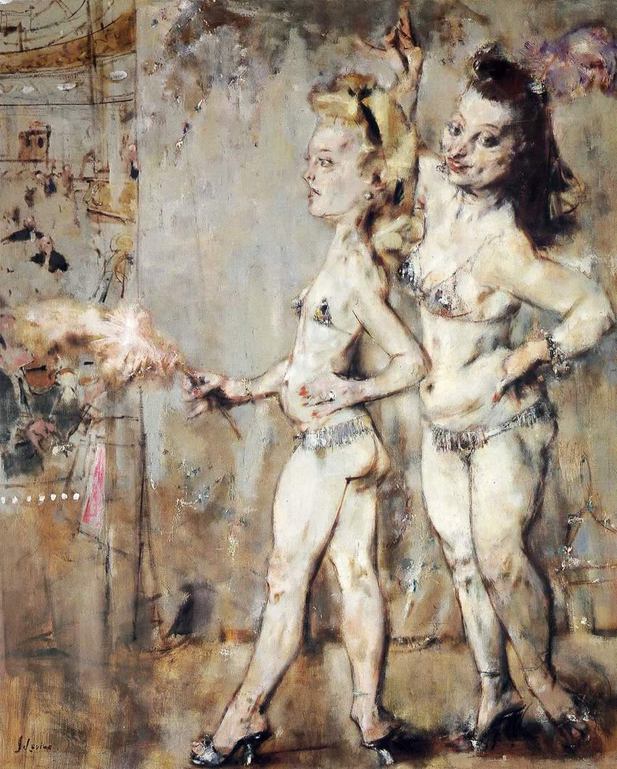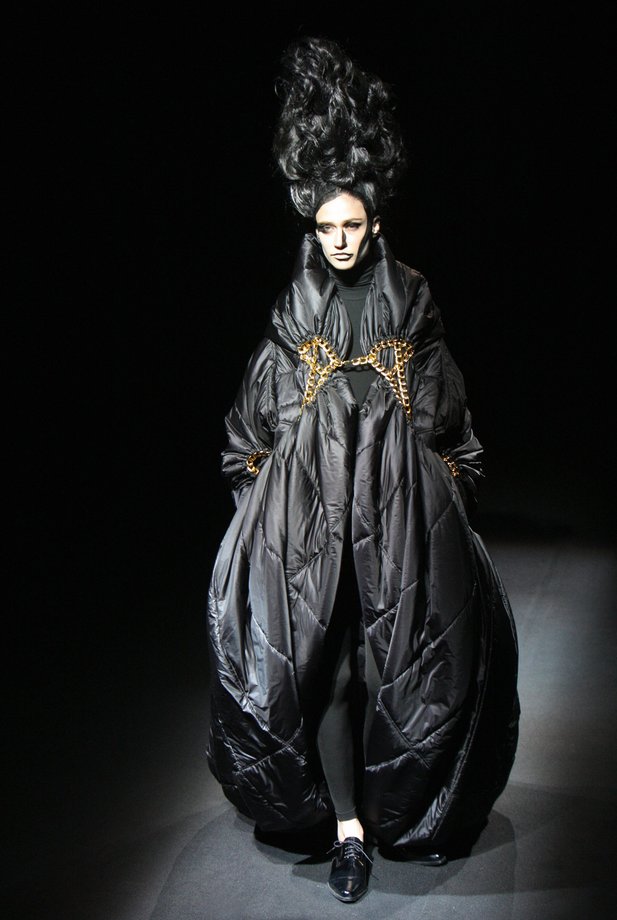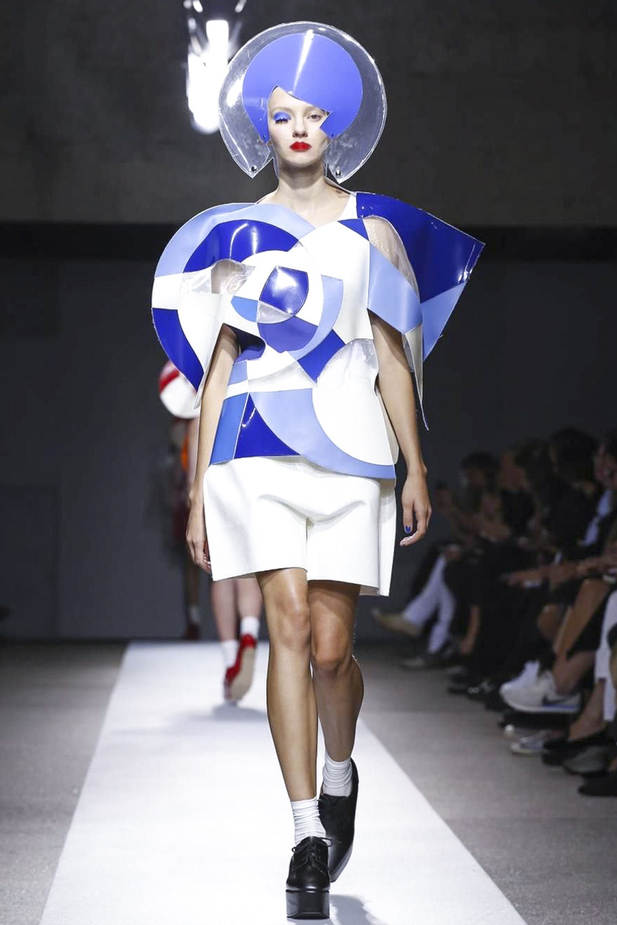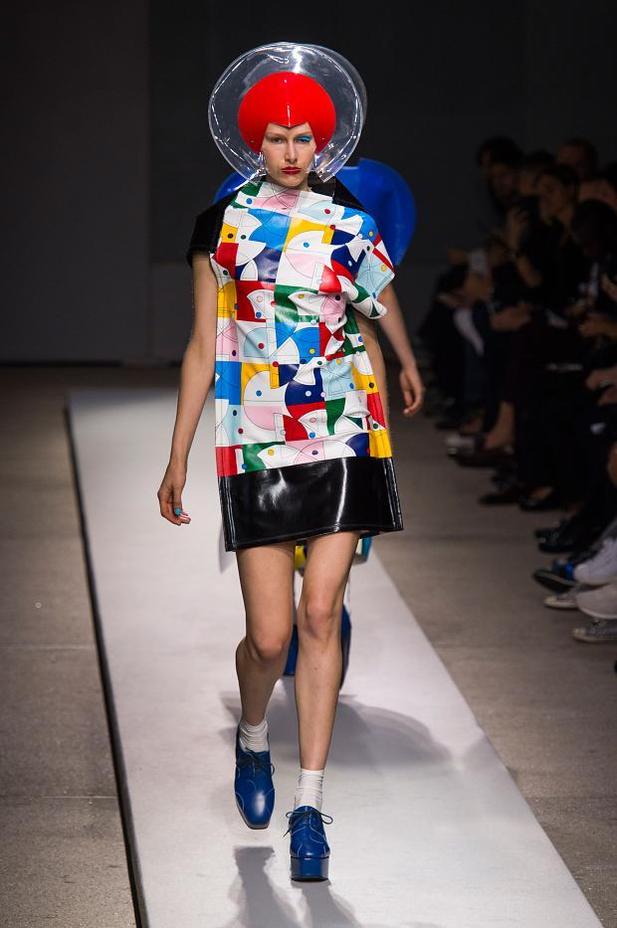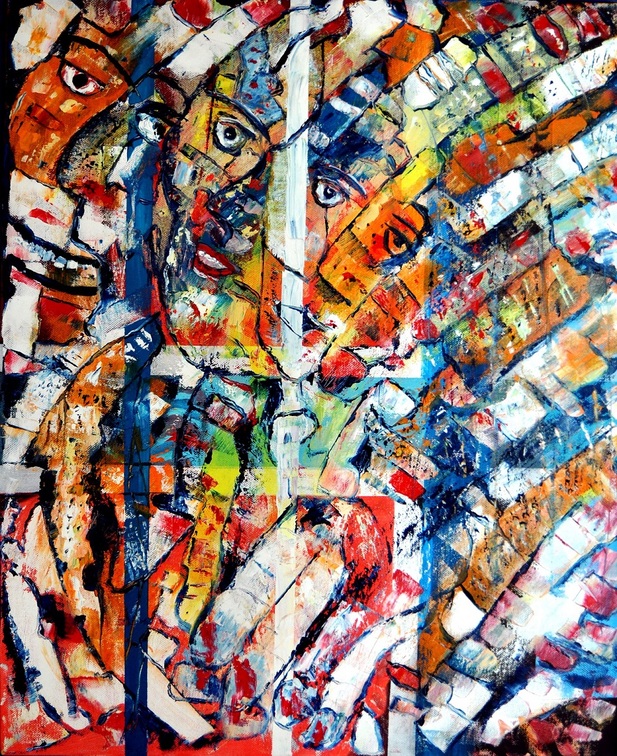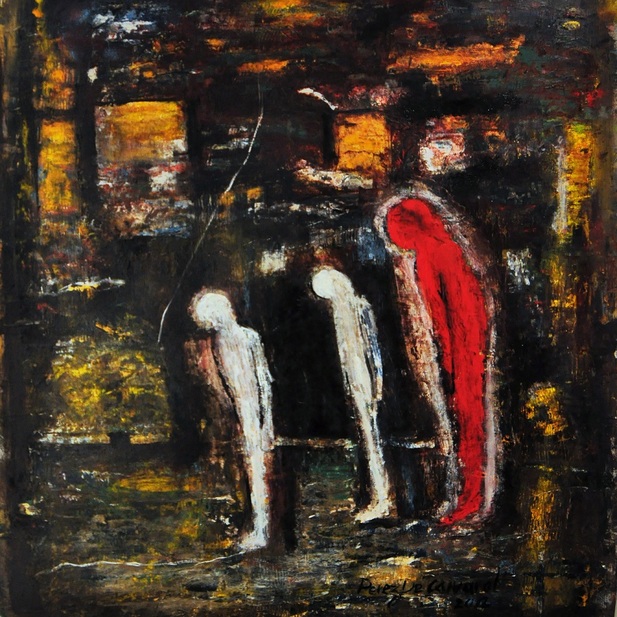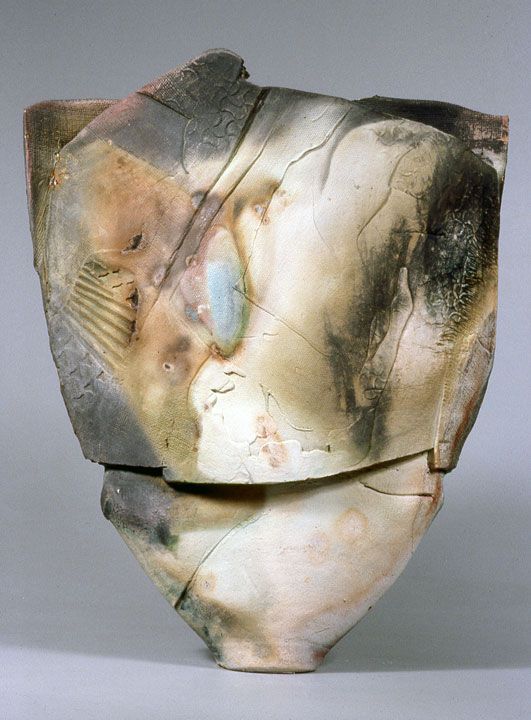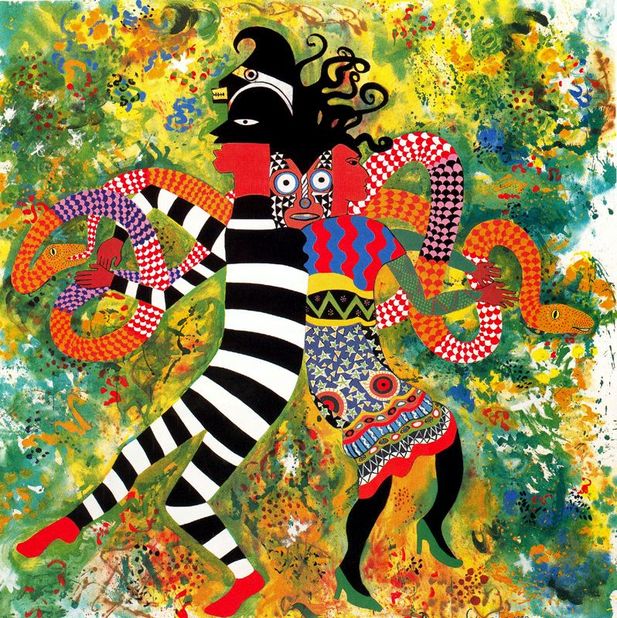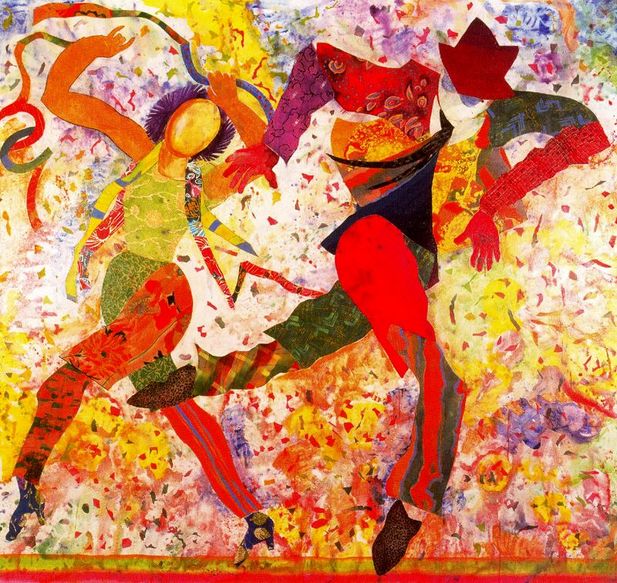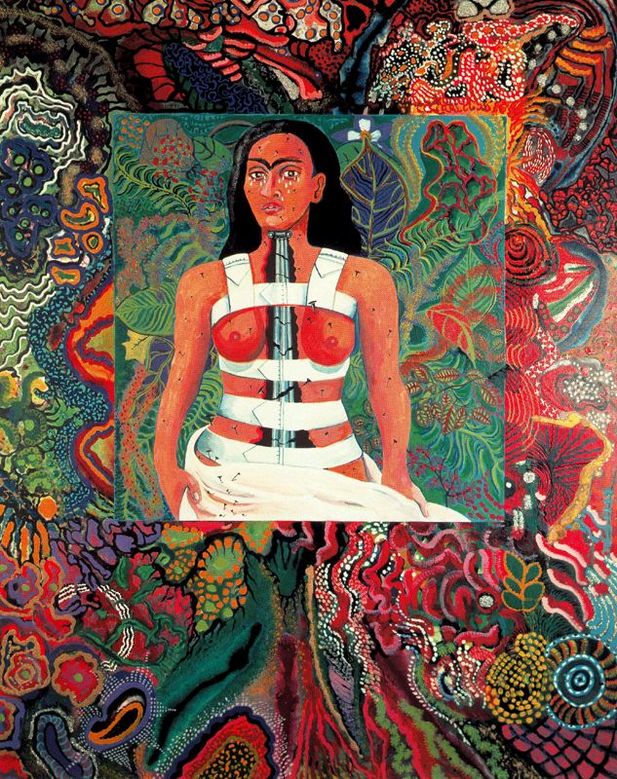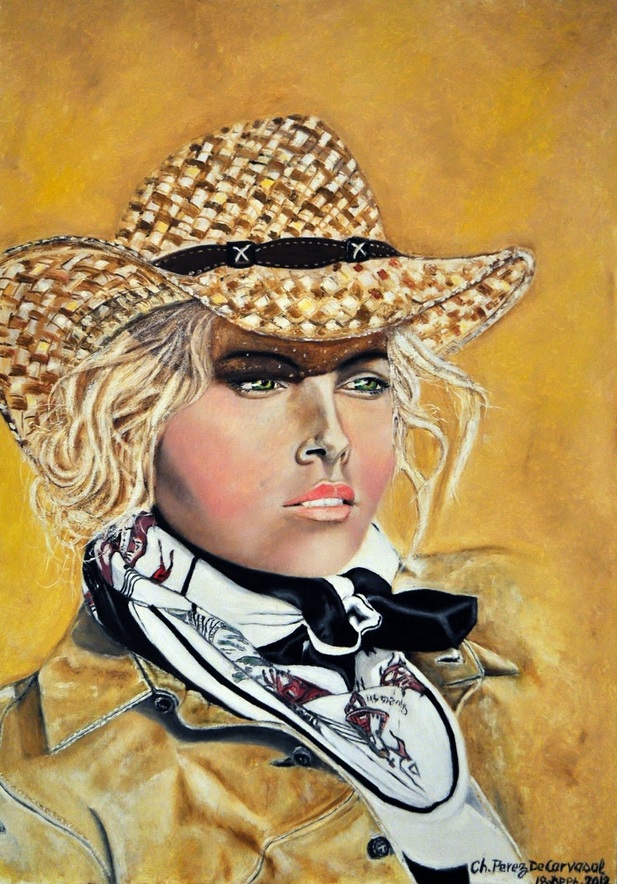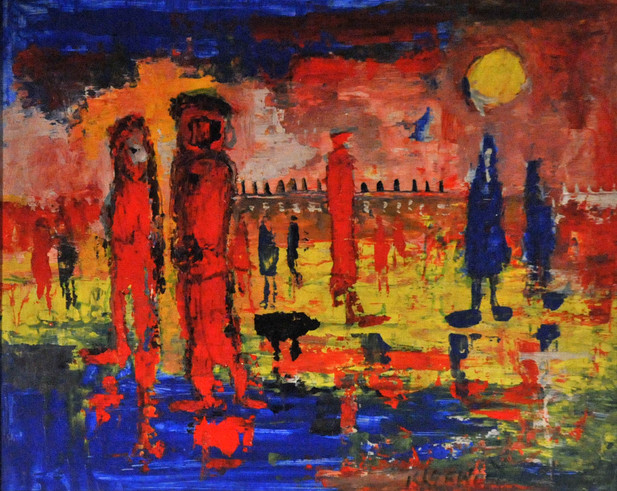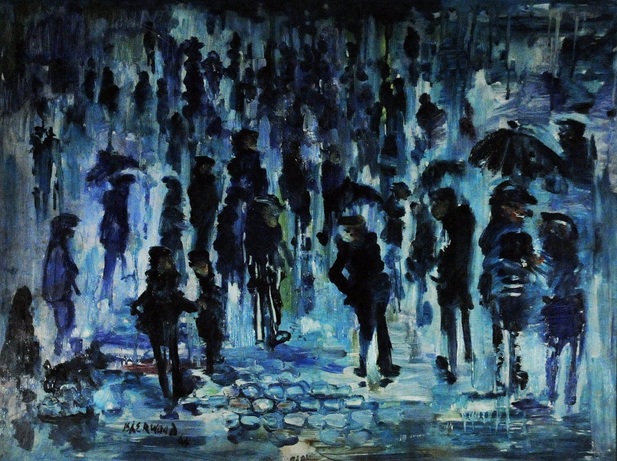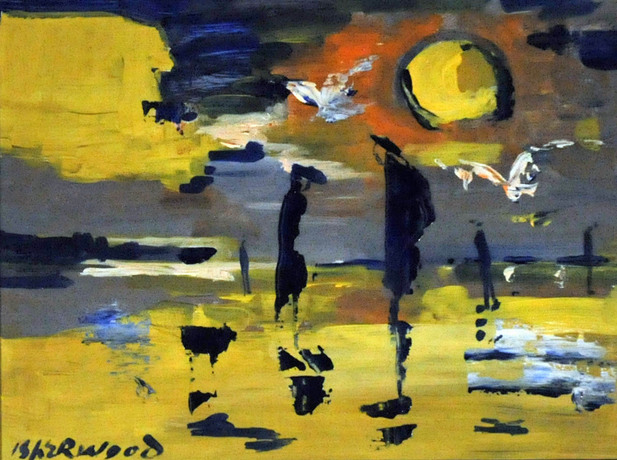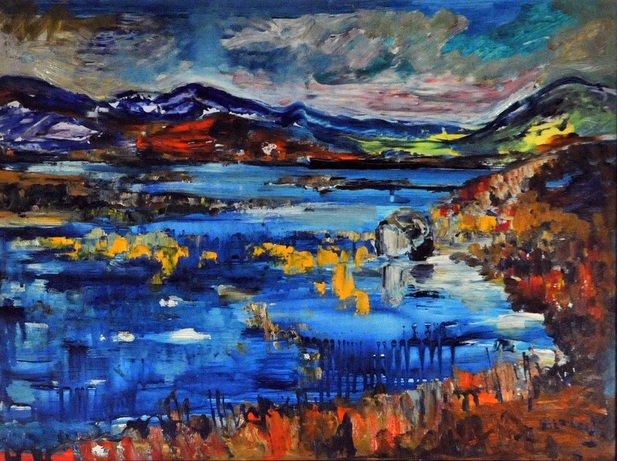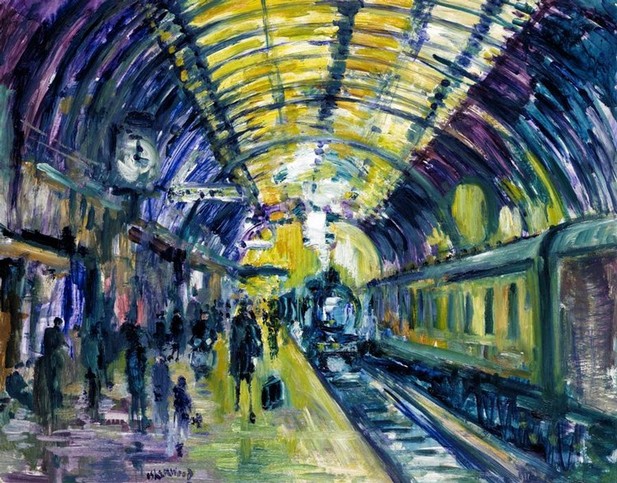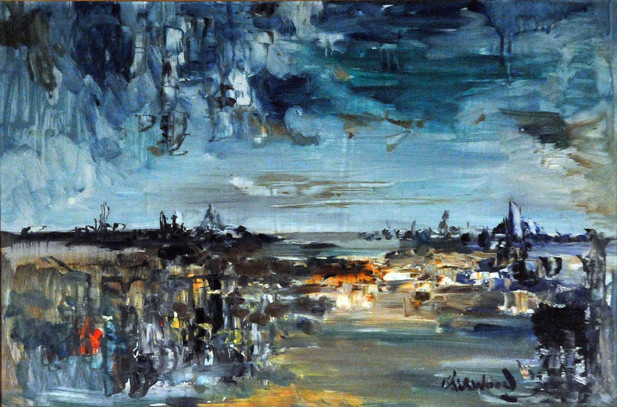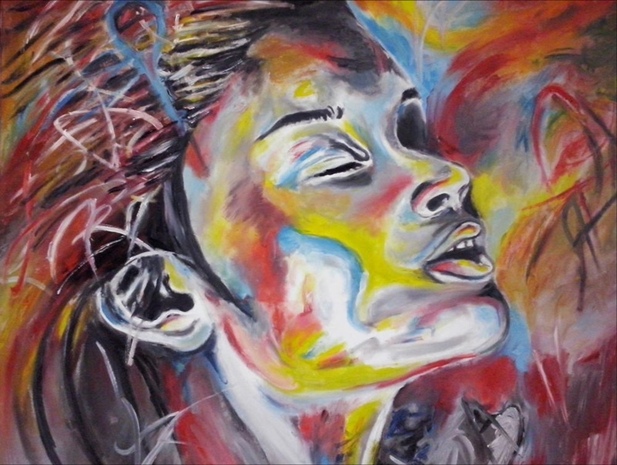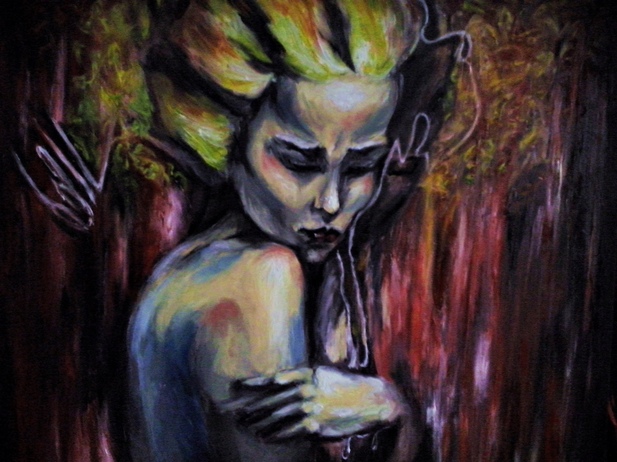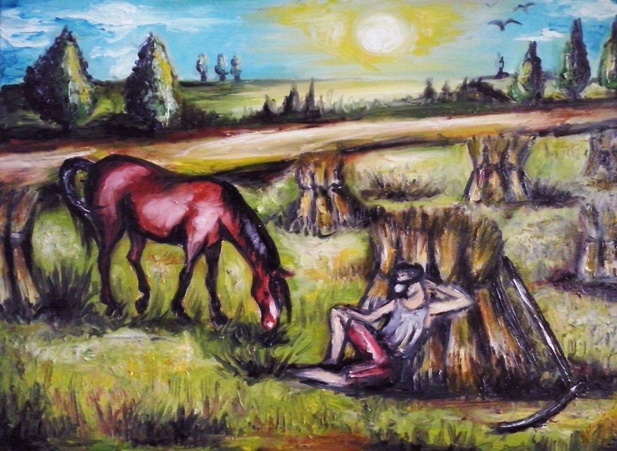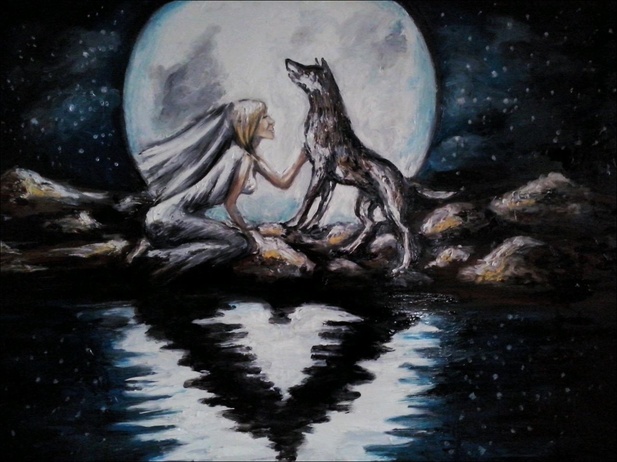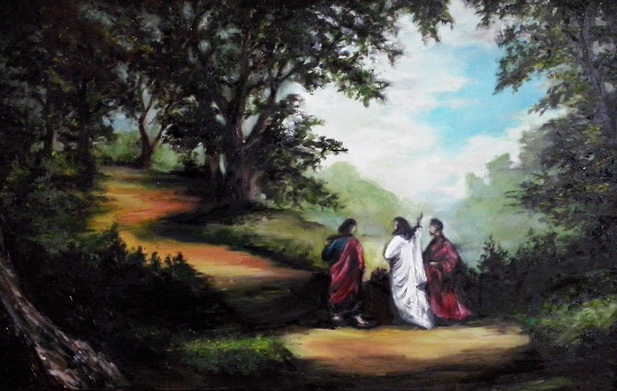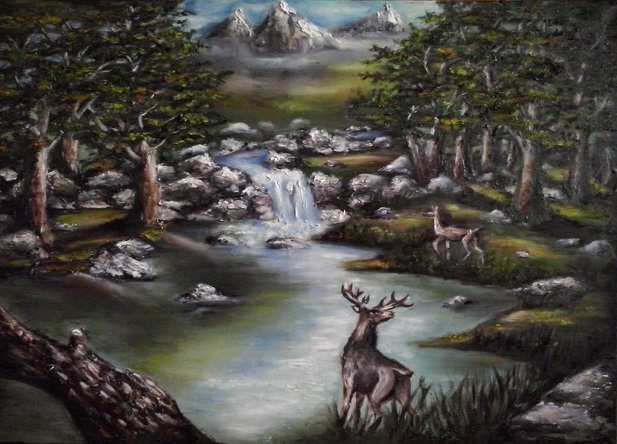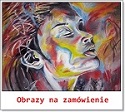Contemporary art - video installations and sculptures Buky Schwartz
«Schwartz’s videoconstructions have been essentially of two types: objects, sculptural presences that incorporate video monitors and around which the viewer moves; and environments,which are akin to architectural interiors in that the viewer is surrounded by forms and colors, including closed-circuit video imagery.
Schwartz’s creative use of the electronic medium of video, and the complex and emphatic manner in which he integrates the viewer into his video work, are both related to central aspects of twentieth-century art. Thus Schwartz’s work is of interest not simply for itself, but for its place in modern art as well..»
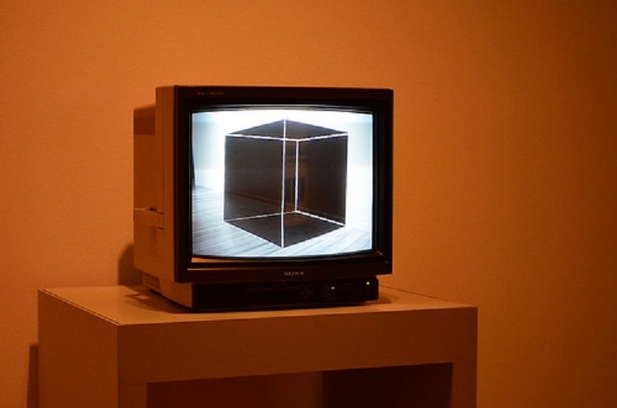



Buky Schwartz ( June 16, 1932 – September 1, 2009) was an Israeli sculptor and video artist.Moshe (Buky) Schwartz was born in Jerusalem. From 1956 to 1958, he studied sculpture with Yitzhak Danziger (1916–1977) at the Avni Institute of Art and Design in Tel Aviv. In 1959, he moved to London to study at Saint Martin's School of Art. In 1966-1967, he taught at Saint Martin's..After returning to Israel in 1963, he became known for his painted steel sculptures that were predominately geometric in form. In 1971, he moved to New York City, and began making «video structures» in which he filled a room with shapes that came together as a unified whole when projected on a video screen. He also placed mirrors inside sculptures that reflected the sculpture as a whole or certain parts of it. Schwartz also created conceptual art based on an exploration of his own body.He showed his video installations at The Cultural Space on Canal Street in Manhattan.Schwartz lived and worked in Tel Aviv and New York City until his death in 2009.

